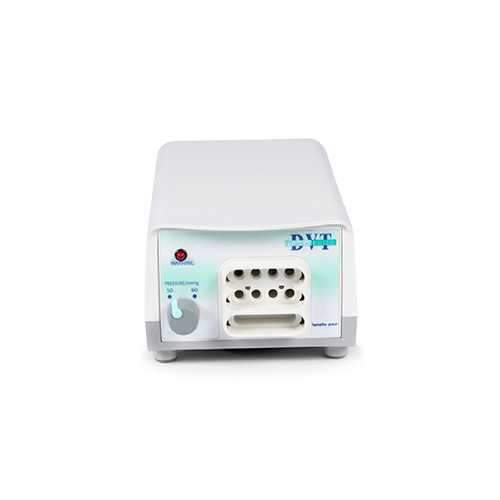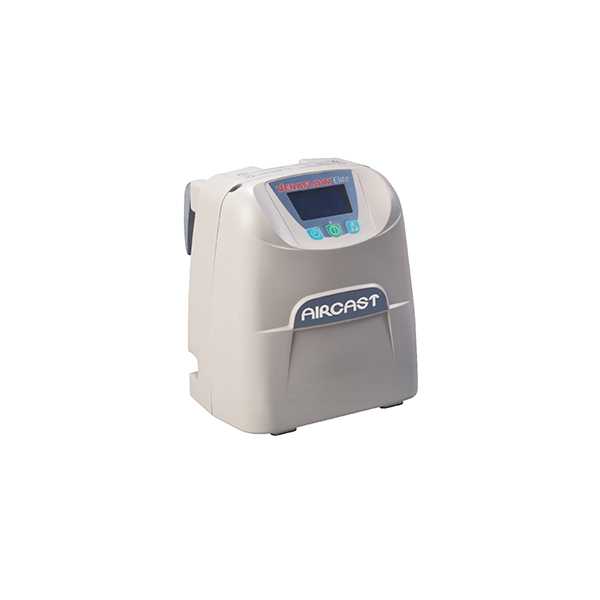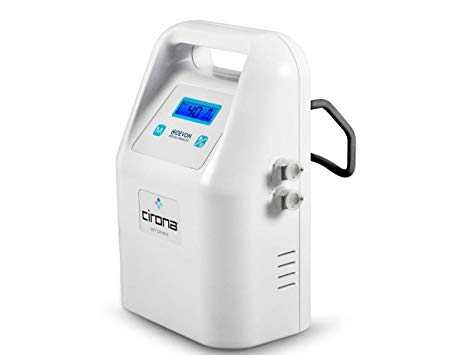dvt-pump – dvt pump 601e

Purchase Price: ₹26000 - ₹29120
description
At Portea, we offer DVT pumps for rent or purchase. These compression pumps are designed to prevent deep vein thrombosis (DVT), a potentially life-threatening condition. DVT pumps deliver proper compression to avoid blood clotting in arteries, ensuring optimal blood flow and reducing the risk of DVT. Our Phlebo Press brand DVT pump 601E provide adequate and safe prevention measures, promoting better health and well-being for our clients. Rent or buy our quality DVT pumps to safeguard against DVT and its associated risks.
specifications
- Cycle: Sequential.
- Pressure Range: 50-60 mmHg.
- Weight: 2.3 Kg.
- Size: 10cm x 26cm x 13 cm.
- Electrical: 220/230V 50-60 Hz.
features
- Phlebo Press DVT is an intermittent sequential pneumatic compression device for the prevention of postoperative deep vein thrombosis.
- Optimal compression cycle for maximum blood transition in deep veins.
- Four compression cells per limb provide more excellent directionality of flow and enhance patient comfort.
- Calf-length sleeves with plantar pressure to mimic both foot and muscle pumps for maximum flow enhancement.
- Comfortable to wear, easy to remove.
- Pleasant and smooth massage action.
- Audio & visual alarm.
- Easy operation and monitoring.
- Choice of washable or disposable sleeves
Also Know About:
faqs
1. What is a DVT pump used for?
A DVT pump is used to prevent blood clots by increasing blood flow in the veins of the legs. The device features cuffs wrapped around the legs and air-filled, which then compress and squeeze the legs. This compression promotes better blood circulation and reduces the risk of deep vein thrombosis (DVT) by preventing blood clots from forming.
2. What is normal DVT pump pressure?
The normal DVT pump pressure is typically between 30 and 40 mmHg. Compression options may vary and can include mild (8 to 15 mmHg), moderate (15 to 20 mmHg), firm (20 to 30 mmHg), and extra firm (30 to 40 mmHg). The recommended pressure level is based on individual needs and medical conditions to prevent deep vein thrombosis (DVT) effectively.
3. How long should a DVT pump be used?
Intermittent calf compression devices, such as DVT pumps, should be used frequently during the first month after major joint surgery. Consistent usage during this period is crucial to help prevent deep vein thrombosis (DVT) and promote better leg blood flow. The duration of use may vary depending on the patient’s specific medical condition and recovery progress, as advised by healthcare professionals.
4. Can a DVT Pump be used at home?
Yes, a DVT pump can be used at home. DVT pumps are designed to be portable and user-friendly, making them suitable for home use. Patients at risk of deep vein thrombosis (DVT) or requiring postoperative prevention can use DVT pumps as part of their treatment plan under the guidance and prescription of their healthcare provider. Using DVT pumps at home helps promote better blood circulation and reduces the risk of blood clots.
5. What are the benefits of a DVT pump?
The benefits of a DVT pump include its use of intermittent pneumatic compression (IPC) to prevent blood clots in the deep veins of the legs. The cuffs around the legs are filled with air and gently squeeze the legs, improving blood flow and reducing the risk of blood clots. This non-invasive method effectively promotes better circulation and prevents deep vein thrombosis (DVT), particularly in patients who may be at a higher risk of developing blood clots.
Doctor Consultation
Nursing
Physiotherapy
Trained Attendant
Elder Care
Mother & Baby Care
Lab Tests
Medical Equipment
Speciality Pharma
Critical Care








